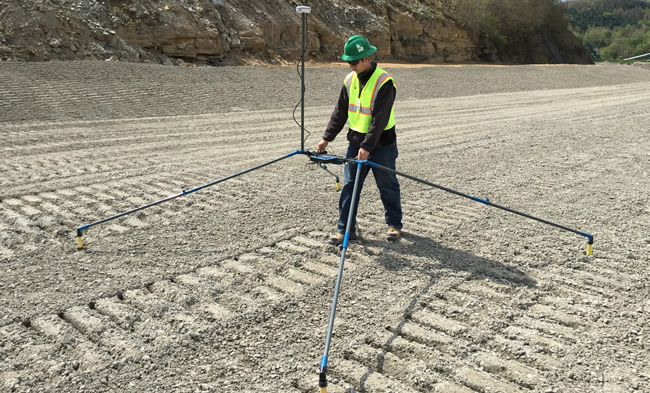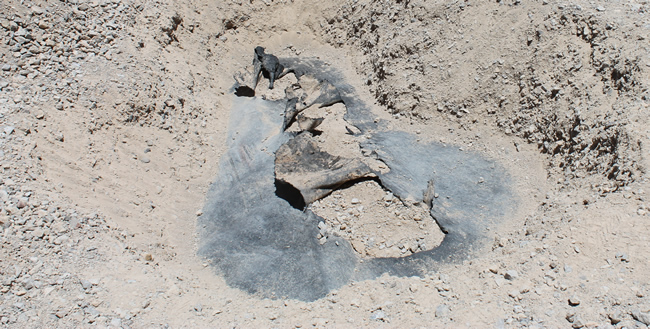IGS North America’s webinar series has become a strong draw for the field. The International Geosynthetics Society chapter’s next offering lands April 24, when Abigail Gilson, M.S., P.E. delivers Part 2 of the Electrical Leak Location Seminar Series. Topic: “The Dipole Method (ASTM D7007): Advantages, Technique, and Necessary Site Conditions.”
Gilson is Director of TRI Environmental’s Liner Integrity Services. Part 1 of the ELL series—An Overview of ELL Methods and Application—was presented in November 2017. Each installment is a standalone presentation. No part serves as a prerequisite for learning from another.

DATE & TIME: April 24, 1:00 – 2:30 pm EDT (includes Q&A time)
COST: USD $20 IGS North America Members*; $80 Non-Members.
PDHs: 1
REGISTER ONLINE
Download webinar flyer (PDF)
* All IGS North America members are given one coupon for a free webinar in the calendar year upon paying annual chapter dues.
DIPOLE METHOD – ELL SEMINAR SERIES
All geomembrane-lined containment facilities should be tested for leaks before going into service. Early detection of leaks allows for swift and effective repair pre-service, protecting the engineer, contractor, owner and in many cases the environment. The IGS North America ELL Seminar Series is providing a comprehensive view of the various approaches, proper application, needs for the field, etc.
The dipole method for electrical leak location certainly merits its own session. Among the various types of ELL methodologies used to evaluate geosynthetic lining systems in the field, the dipole method has a unique distinction: it is the only ASTM standardized ELL practice that can locate damage to geomembranes caused during or after cover material placement.
RELATED: Maximizing Electrical Leak Location Effectiveness with Covered Geomembranes
Dipole technology can locate very small damage points, such as pinholes or knife slices, under several feet of earthen material. It can even be applied to filled impoundments that are actively in service. As such, dipole surveys are a powerful tool for lined facility validation and protection; but, like any ELL methodology, it can be rendered ineffective if site boundary conditions are poor.

In this webinar, Abigail Gilson, one of the leading experts on ELL, explains ASTM D7007 standardized procedures, including leak detection distance testing and the various methods of data analysis. The importance of good site boundary conditions is detailed with case studies.
Key topics include:
- ASTM procedures for both soil and water-covered geomembrane leak surveys
- Leak detection distance testing
- Methods of data analysis for the dipole method
- How site conditions affect leak detection sensitivity
- How to write better specifications for covered geomembrane surveys
The Electrical Leak Location Seminar Series is ideal for design engineers, CQA firms, site owners, and regulators interested in specifying and employing this service.
REGISTER ONLINE
Download webinar flyer (PDF)
Learn more about IGS North America











